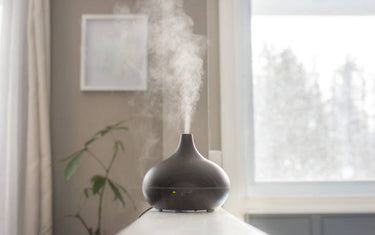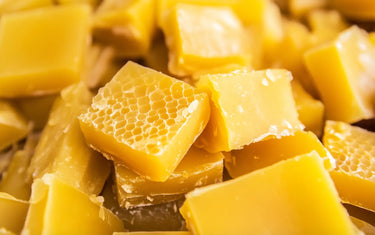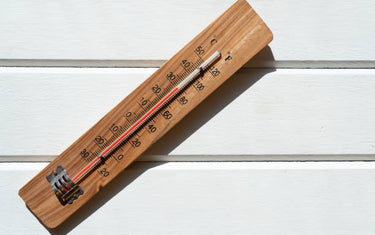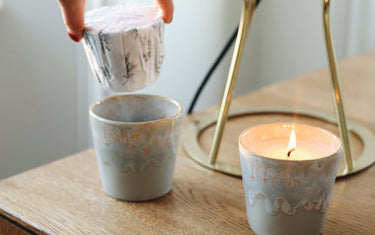5 min read / 21 March 2023 / Laura Garvin Gomez
Can You Use Fragrance Oils in a Diffuser?
Exploring the compatibility of fragrance oils with diffusers: a guide to enhance your aromatherapy experience.

Essential oils vs. fragrance oils
Can you put fragrance oils in a diffuser?
Are there downsides to using fragrance oils?
There are lots of ways to enjoy your favourite fragrance oil, be it as part of a soap or candle recipe or included in your bath salts or potpourri (you should ideally follow a tested recipe).
A common question we hear from customers is, “Can you use fragrance oils in a diffuser?” and in this article, we tell you everything you need to know about using fragrance oils in a diffuser.
What is a diffuser?A diffuser is a device used to disperse scents into the air, allowing you to enjoy the soothing fragrance for several hours at a time. There are quite a few different types of diffusers to choose from, with the most common being:
|
What is the difference between fragrance oils and essential oils?
There is an important difference to bear in mind when comparing fragrance oils to essential oils. Of course, there are some similarities, but what really separates them is that fragrance oils are not all-natural, with only part of the recipe extracted from plants, unlike essential oils, which are 100% natural.
Fragrance oils can smell similar to essential oils and give you much of the same sensory enjoyment, although they are not able to offer the same level of health benefits you can enjoy with essential oils. However, there are lots of reasons to try fragrance oils, and they can work as a wonderful alternative or complementary source of scent in your home.

Can you put fragrance oils in a diffuser?
The short answer to this question is yes, you can put a fragrance oil in a diffuser. Using a diffuser is one of the most popular and easiest ways to enjoy the wonderful scent of fragrance oil.
There are quite a few different types of diffusers you can use to enjoy your favourite fragrance oil, such as oil burners or electric diffusers. One advantage you are likely to experience when using a fragrance oil is that they tend to last longer than essential oils due to their synthetic composition.
How much fragrance oil should I put into a diffuser?
How much fragrance oil you put into a diffuser depends on the type of oil you want to enjoy. For example, if you want to breathe in the calming combination of aloe vera and coconut oil, we advise that you add between 5-7 drops. For an oil burner, you would add the same amount.
Always read the instructions provided with the fragrance oil to see how many drops should be added to the diffuser. You will find this information on the IFRA certificate provided with the product.
You can easily swap between fragrance oils and essential oils when using a diffuser, although you should always follow the instructions that come with the diffuser. For example, if you purchase a humidifying diffuser you will have to take note of the amount of oil in the device to ensure it can emit the scent. The oil should also be diluted, as fragrance oils and essential oils are typically quite potent and can be very overpowering if emitted in their pure form.

Are there any downsides to using fragrance oils?
Like any oil, there is always a chance your skin could show a negative reaction, especially if you have sensitive skin.
If you intend to use the fragrance oil topically on your skin, we advise that you first carry out a patch test (you may want to do this even if you are only using the oil in the diffuser).
Apply a small amount of the diluted fragrance oil to the inside of your forearm near the elbow and cover with a plaster. After 24 hours if there is no reaction the fragrance oil should be fine to use. If you see any redness, irritation or inflammation, wash the oil off your skin and do not use any further.
What is the best diffuser to use for fragrance oils?
A good place to start is with our aroma oil diffuser. It’s a high-quality but low-cost option that relies on ultrasound waves to emit the scent and comes with a light-changing colour display.
If you experience a lot of dry air in your living space, this diffuser can also help to humidify the air, making the air more comfortable to be in.
Use the diffuser around the home to emit your favourite fragrance oil to help you relax and unwind – you could also use it in the bedroom overnight to help you drift off if you have trouble sleeping.
Are there any alternatives to using a diffuser?
If you don’t have a fragrance oil diffuser, then there are lots of other ways you can enjoy your favourite scent.
For example, mixing it with bath salts, potpourri, soap or candle recipes ensure you get even more from the oil. There are lots of tested recipes you can try out with these options.

The general rule is that you can put fragrance oils into a diffuser, although you should always follow the instructions provided with the device.
Be sure to dilute them with water before turning on the diffuser to avoid being overpowered by the scent, and then you can look forward to your home being filled with your favourite fragrance.
And if you want to use the fragrance oil on your skin, carry out a patch test to ensure there are no negative reactions.
Exploring Wholesale Fragrance Oils with Nikura
Looking to buy bulk fragrance oils for your business or personal use? Discover our wide selection of wholesale fragrance oils, perfect for diffusers, crafting candles, soaps, and other aromatic creations. With our high-quality oils available in bulk quantities, you can enjoy cost-effective solutions for all your scenting needs.
Sign up for a wholesale account today to access our premium collection of oils at competitive prices. Whether you're a small business owner or a passionate hobbyist, our wholesale options cater to all your aromatic aspirations.
It’s free to join and there’s no minimum order requirement, why not join today?









